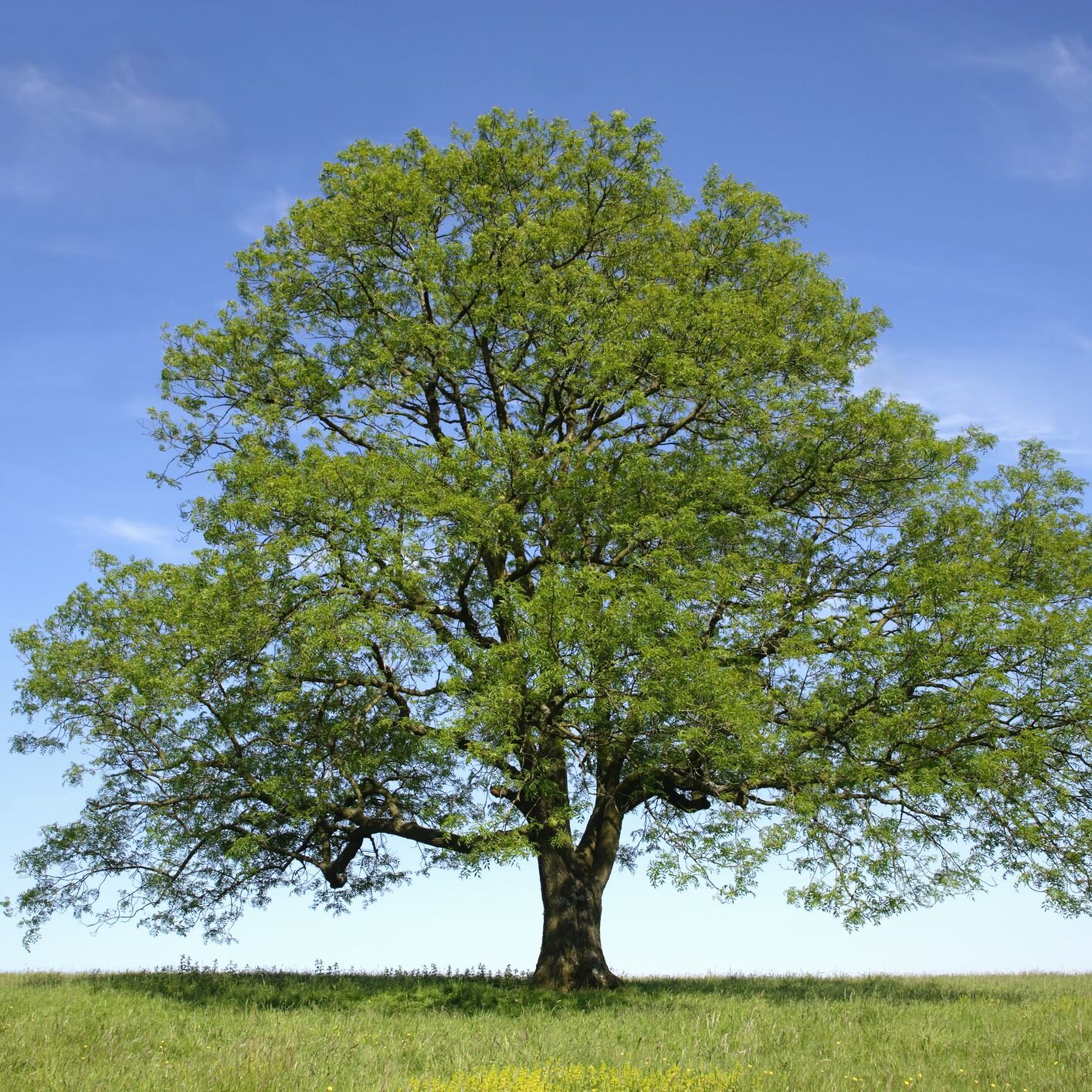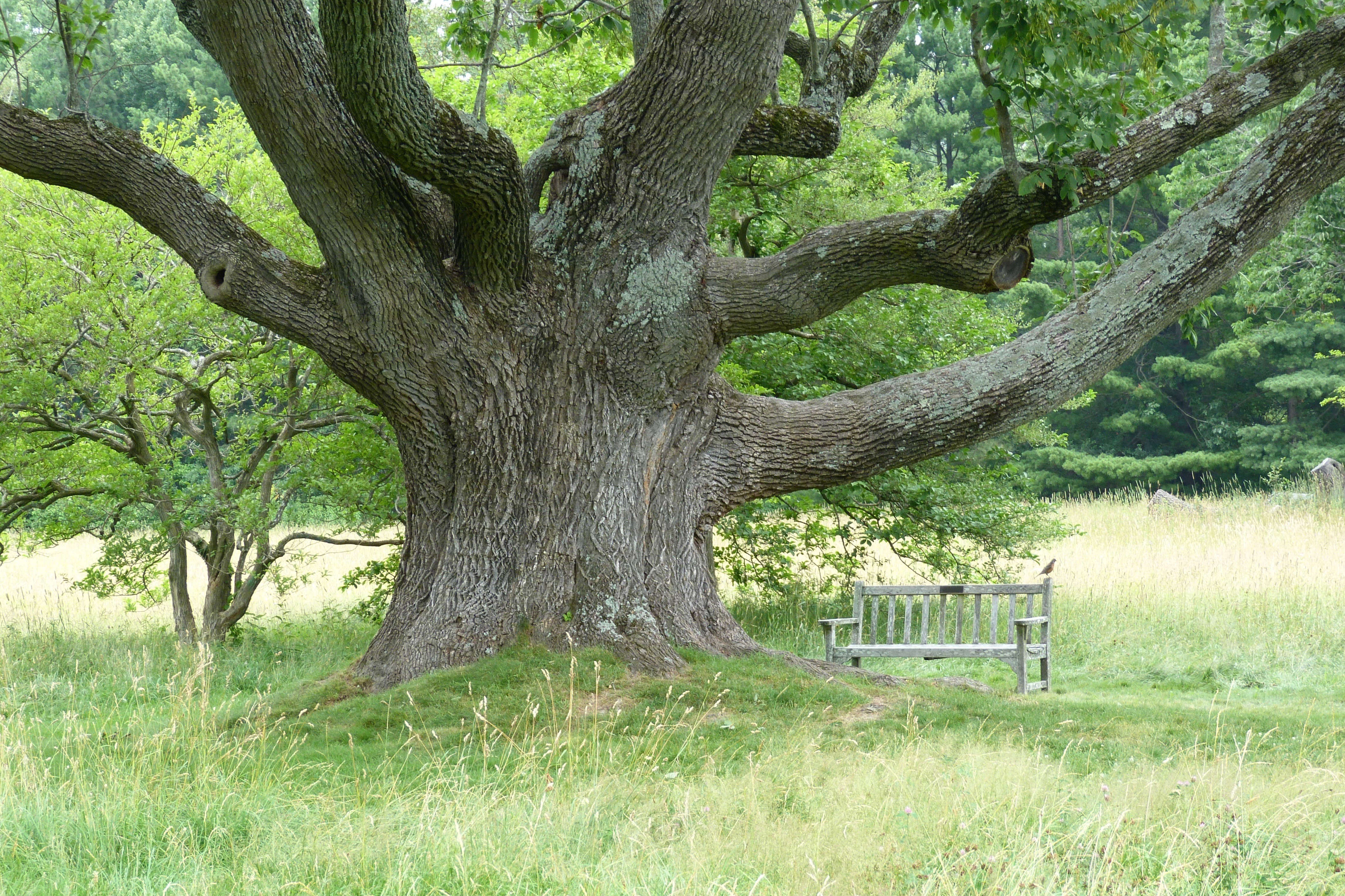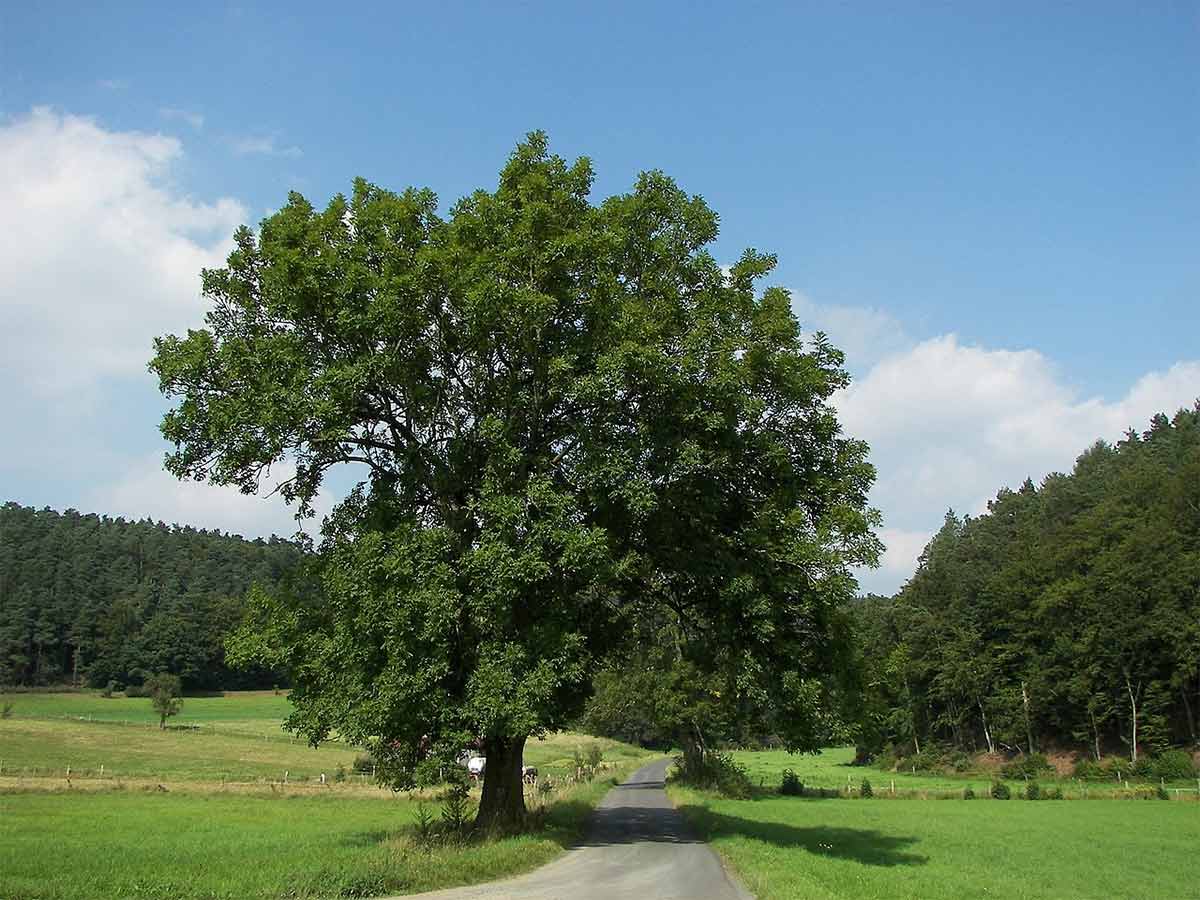The Ash Tree: A Majestic Tree Under Threat
The Ash Tree: A Majestic Tree Under Threat
Ash trees, belonging to the genus Fraxinus, are a diverse group of deciduous trees found across Europe, Asia, and North America. Known for their hardiness, graceful form, and valuable wood, ash trees have long been admired for their beauty and utility. However, in recent years, these magnificent trees have faced a significant threat: the invasive fungal disease known as ash dieback.
Ash Tree Characteristics
Ash trees are easily recognizable by their compound leaves, which are composed of multiple leaflets arranged in pairs along a central stem. These leaves emerge in spring, providing a vibrant green canopy that offers shade during the summer months. In autumn, the leaves turn a stunning golden yellow before falling to the ground.
Ash trees are known for their rapid growth rate and can reach impressive heights, often exceeding 100 feet. Their bark is typically smooth and gray when young, but it becomes furrowed and darker with age. Ash trees are also dioecious, meaning that male and female flowers are produced on separate trees. The flowers are inconspicuous and appear in early spring before the leaves emerge.
Ash Tree Wood

Ash wood is highly prized for its strength, flexibility, and shock resistance. It has been used for centuries to make a variety of products, including tool handles, sports equipment, furniture, and musical instruments. The dense, close-grained wood is ideal for applications that require durability and resilience.
The Threat of Ash Dieback
Ash dieback, caused by the fungus Hymenoscyphus fraxineus, is a devastating disease that has spread rapidly across Europe and is now affecting ash trees in North America. The fungus attacks the leaves, shoots, and bark of ash trees, causing them to dieback and eventually succumb to the disease.
The symptoms of ash dieback include leaf loss, dieback of branches, and the formation of lesions on the bark. Infected trees may also exhibit cankers, which are sunken areas on the bark that can girdle the tree and prevent the flow of nutrients and water.
Efforts to Combat Ash Dieback
Scientists and forest managers are working tirelessly to develop strategies to combat ash dieback. These efforts include:

Breeding resistant trees: Researchers are breeding ash trees that are resistant to ash dieback. By identifying and selecting trees with natural resistance to the fungus, they hope to develop new generations of ash trees that can withstand the disease.
The Future of Ash Trees
The future of ash trees remains uncertain. While efforts are being made to combat ash dieback, the disease continues to pose a significant threat to these iconic trees. It is essential that we continue to support research and conservation efforts to ensure the survival of ash trees for generations to come.
Ash Trees in Mythology and Folklore
Ash trees have long held cultural and spiritual significance in various traditions. In Norse mythology, the world tree, Yggdrasil, is often depicted as an ash tree, symbolizing the interconnectedness of all things. Ash wood was also used to make spears and bows, and it was believed to have protective properties.
The Ecological Importance of Ash Trees
Ash trees play a vital role in ecosystems by providing habitat and food for a variety of wildlife. Their dense canopies offer shelter to birds and small mammals, while their seeds provide food for birds and other animals. Ash trees also help to improve air quality by absorbing pollutants and releasing oxygen.
Conclusion

Ash trees are magnificent trees that have been an integral part of our landscapes for centuries. However, the threat of ash dieback has put their future in jeopardy. By understanding the challenges faced by ash trees and supporting conservation efforts, we can help to ensure that these majestic trees continue to thrive for generations to come.
Ash Tree Plant

:max_bytes(150000):strip_icc()/GettyImages-182703904-584e2a065f9b58a8cd5bedef.jpg)
